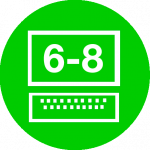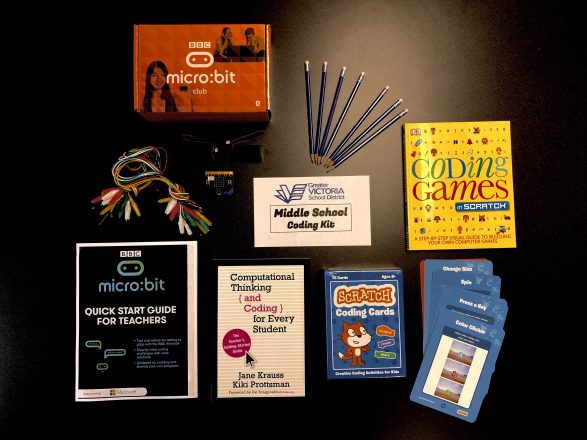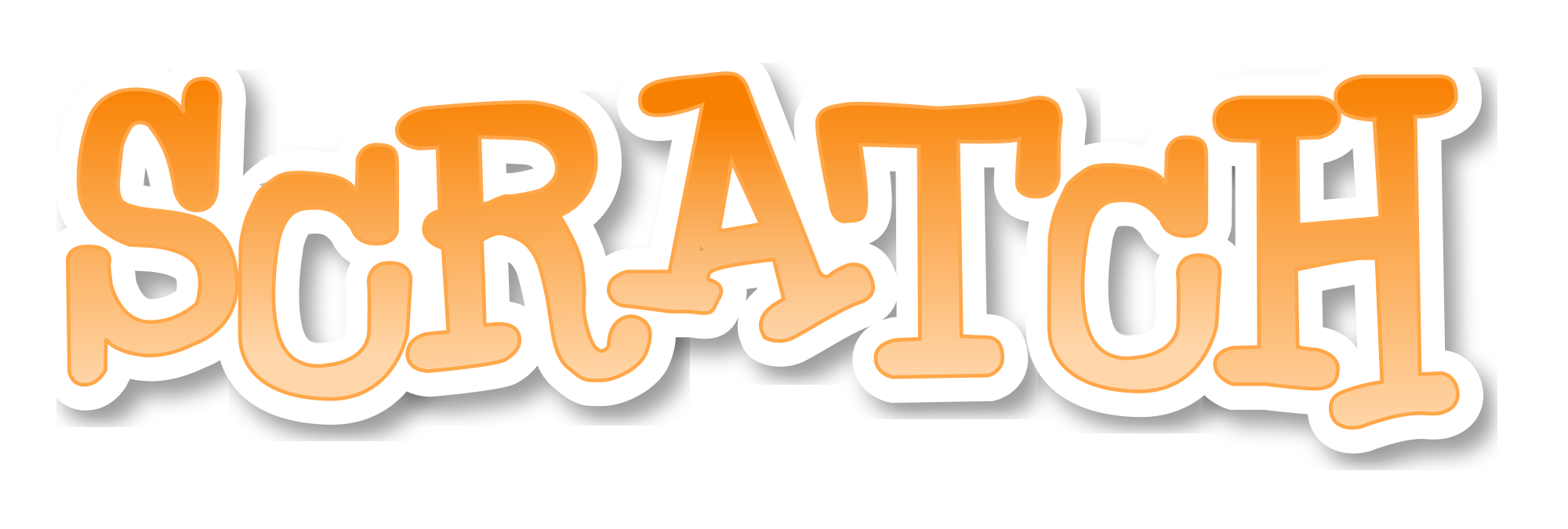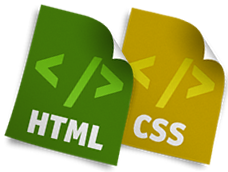
Middle schools are where the required coding curriculum officially begins for all students. The bullet points below identify the required coding and computational thinking content areas from the ADST Curriculum. Note the videos and examples linked beside each point as possible entry points to gain more understanding.
Required in Grades 6 & 7
- simple algorithms that reflect computational thinking (video)
- visual representations of problems and data (video)
- evolution of programming languages (video)
- visual programming (example)
Required in Grade 8
- software programs as specific and sequential instructions with algorithms that can be reliably repeated by others (example)
- debugging algorithms and programs by breaking problems down into a series of sub-problems (example)
- binary number system (1s and 0s) to represent data (example)
- programming languages, including visual programming in relation to text-based programming and programming modular components (MicroBit example)
Middle School Goal: Develop an understanding of block based coding environments and transfer this knowledge to introductory text based coding.
Note: The selection of suggested instructional tools were chosen to facilitate the growth trajectory of moving a student through understanding block-based coding to the creation of simple HTML & CSS web pages.
Middle School Coding Resources

The following resources were purchased for each middle school:
MicroBit Quick Start Guide for Teachers
Coding Games in Scratch x 16 (Class set)
Micro:Bit Club Pack x 3 (2 class sets)
Alligator Clips x 60
Computational Thinking and Coding for Every Student
Suggested Instructional Pathways

CS Unplugged – Offline, non-technology based lessons and resources to teach computational thinking skills.

Scratch – Scratch is the world’s most popular and widely supported block-based programming tool. It’s available as a software download or a web-based tool that works perfectly with SD61 Chromebooks.
Scratch Cheat Sheets – Quick reference guide for using Scratch
Micro:Bits – A credit card size miniature computer that can be programmed through a number of accessible pathways. You can program the micro:bit using block-based platforms or using text-based code such as Python or JavaScript. It makes an ideal tool to build a bridge between block-based and text-based environments.
SD61 Micro:Bit Quick Start Guide for Teachers
From Games to Computer Science with the Micro:Bit
Middle School: 14 week intro to Computer Science with Micro:Bit course

Web Design for Kids: HTML & CSS
HTML & CSS – The structural code that most web pages are built on. Students should have a basic understanding of the “nuts & bolts” of designing a simple web page.
Kids Learning Code: Introduction to HTML & CSS
Extensions
Code.Org – Accelerated Intro to Computer Science Course: This full 20 hour course covers all the key areas required to develop a thorough understanding of computational thinking and block-based coding.

